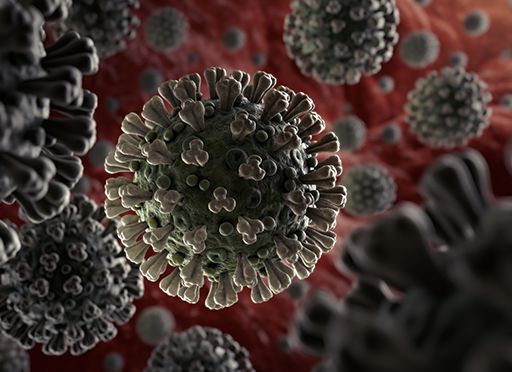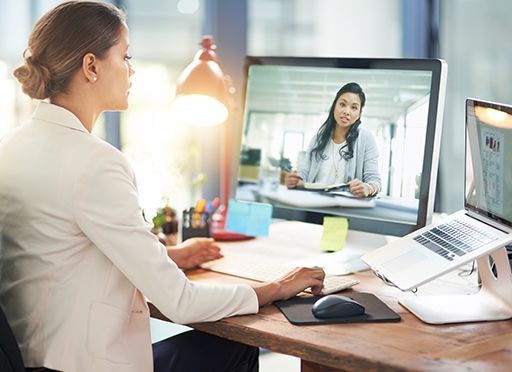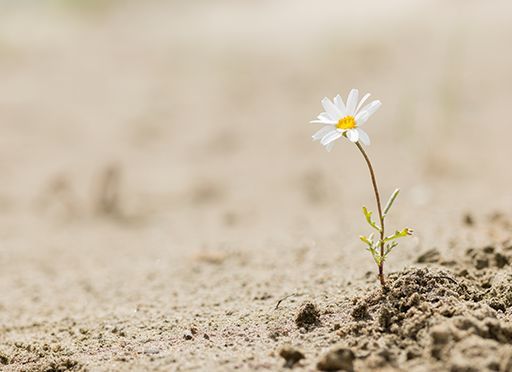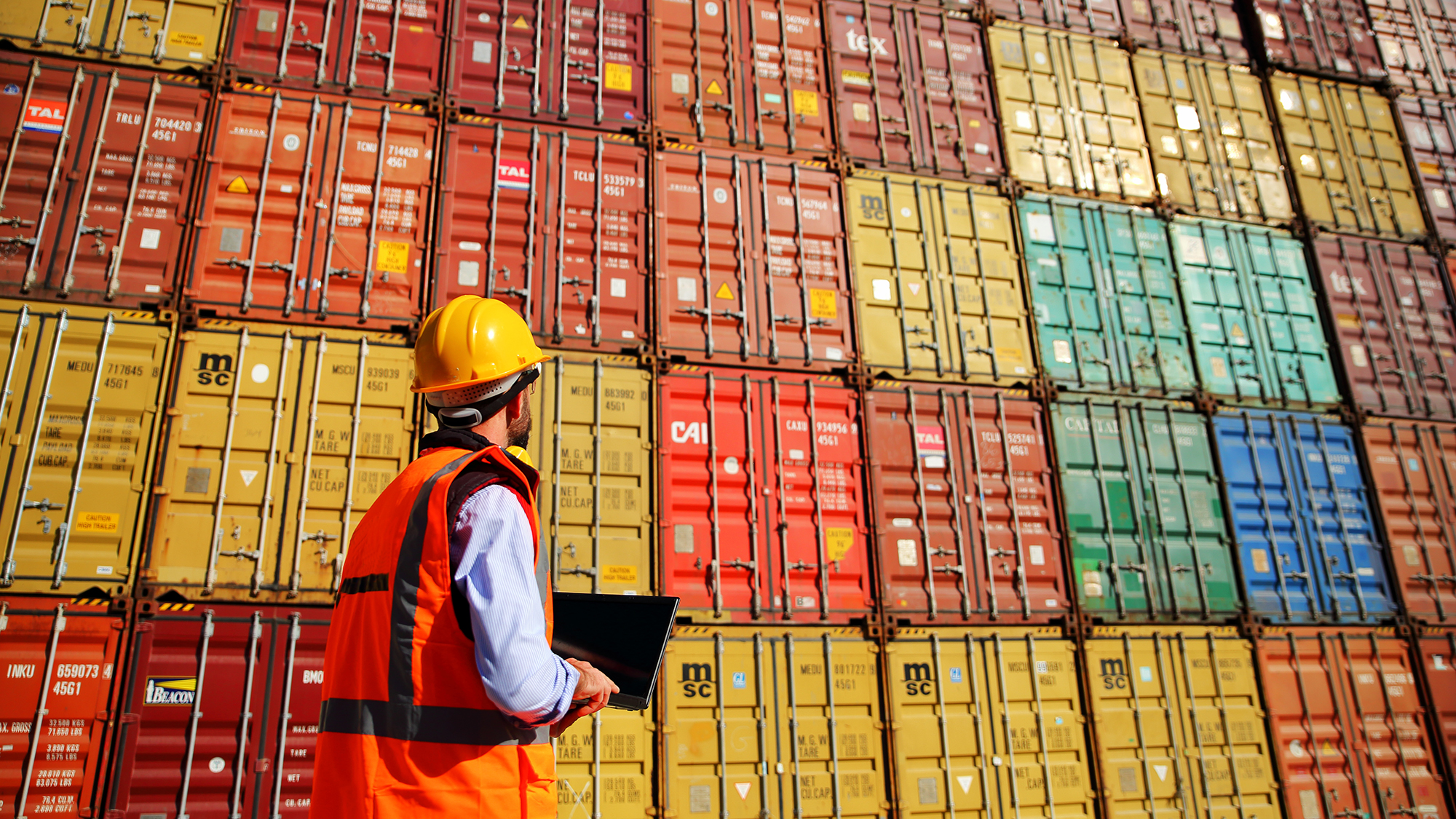COVID-19 Vaccine: What’s Next?

We are still in the midst of a tough pandemic winter. Promising vaccine trial results suggest that there is light at the end of the tunnel. However, there are still many hurdles to overcome until enough people are vaccinated for our lives to assume some degree of normalcy.
Vaccine Rollout
Assuming millions of doses of a safe and effective vaccine will be ready by the end of the year, the next challenge will be getting it to people. As the initial supply will be limited, vaccine rollout will be staggered.
Although every country will have its own guidelines for who gets vaccinated first, these guidelines will all roughly follow the following rollout sequence: health workers, followed by vulnerable groups and people over the age of 65. Next will be workers in positions deemed “critical,” such as school teachers and certain classes of government employees. In the United States, the Centers for Disease Control (CDC) has singled out employees from the Bureau of Prisons, Department of Defense, Department of State, Indian Health Service and Veterans Health Administration among those qualifying for priority immunization.
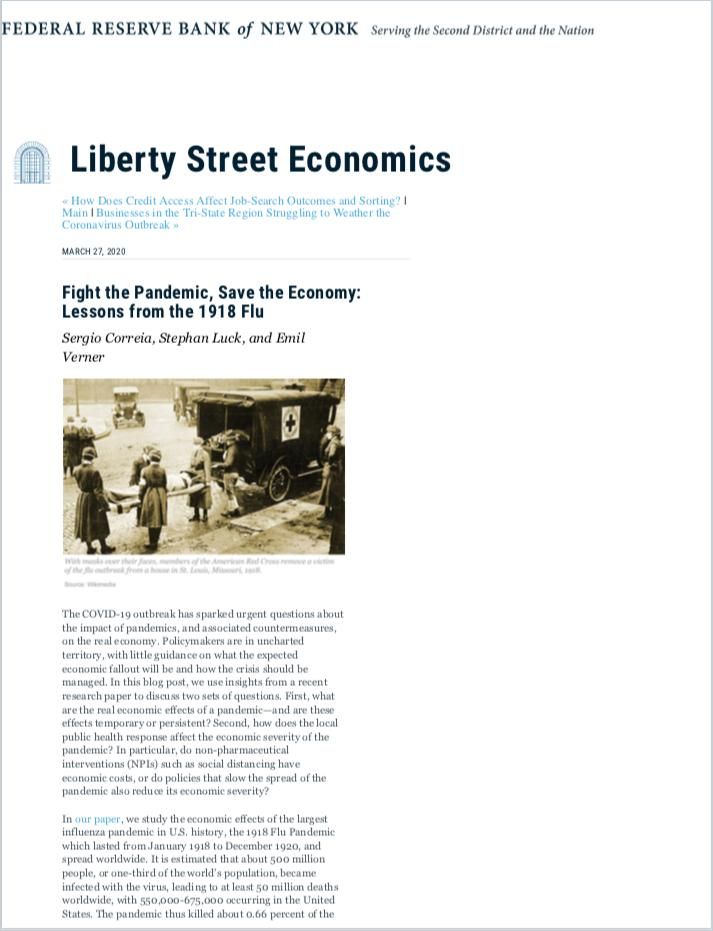
As for the remaining population, the World Health Organization (WHO) doesn’t expect widespread vaccinations against coronavirus until mid-2021.
By that time, additional vaccines may make it through the market. Find an overview of what’s in the pipeline via this COVID vaccine tracker.
Making sure people get vaccinated remains a formidable logistical feat. The Pfizer/BioNTech vaccine needs to be stored in temperature colder than most freezers – which makes shipping and storage a challenge.
The two forerunner vaccines require two doses to be effective. So the next challenge will be to ensure people come back for the second dose. Some may experience side effects after the first jab and are reluctant to relive the experience. Others may not find the time to go back, move to a new place or simply forget.
In the developing world, meanwhile, cold chain requirements will make vaccine rollout very challenging, especially in poor and rural areas. The other hurdle is production: It could take three to four years to manufacture enough vaccines to immunize the global population.
Addressing Vaccine Skepticism
To achieve herd immunity, scientists estimate that at least 60% to 70% of the population would need to be immune to the virus. Yet will enough people be willing to get vaccinated to reach that level? Skepticism about the safety of the vaccine, developed at unprecedented speed and using new mRNA technology, abounds.
According to an poll published in October by the Pew Research Center, only about half of Americans said they would “definitely” or “probably” get a vaccine. A poll conducted by euronews found that many Europeans share Americans’ skepticism, with France registering the lowest number of people willing to take the vaccine (37%).
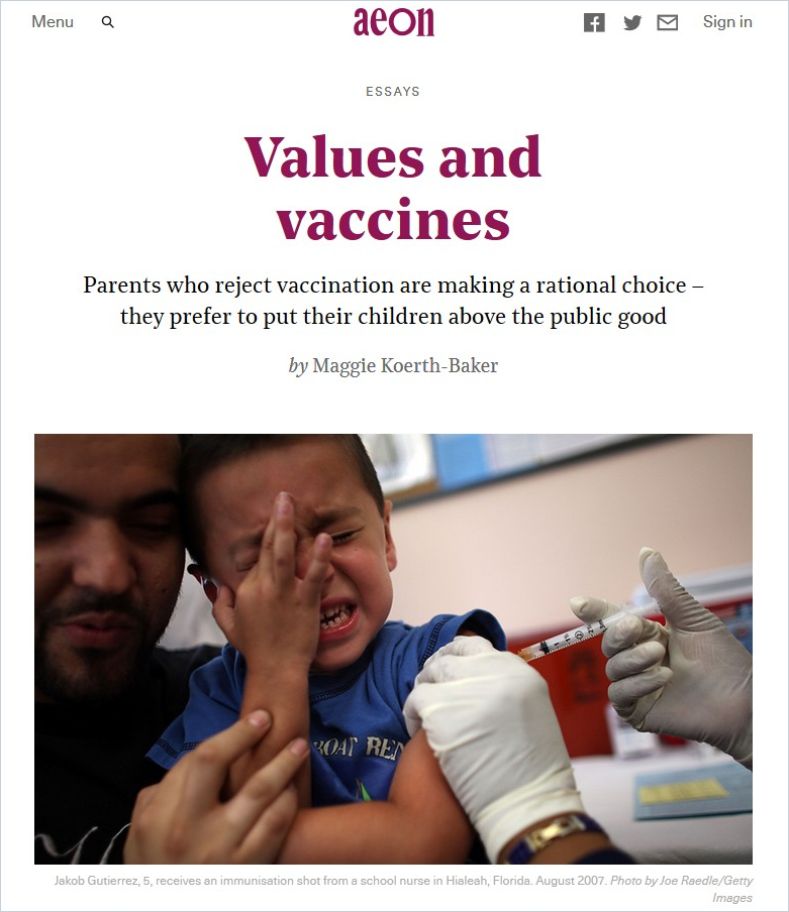
Getting properly informed about the vaccine and its safety is key to dispel skepticism. As only a few percent of a population tend to be die-hard anti-vaccers, the remaining vaccination skeptics may well change their mind. For starters, the CDC offers an excellent primer about the new COVID-19 vaccines and their underlying technology.
Vaccination and Travel
Travel industry leaders are developing plans to issue a digital health pass for traveling passengers that documents test results and vaccine information. This would not only increase confidence in the safety of travel, it can also relieve people of quarantine requirements if they can prove that they have been vaccinated, had already had the disease or tested negative at the time of travel.
Similarly, countries including the United Kingdom, Germany, Indonesia, Italy, Israel, Colombia, Argentina, Estonia and the United States are considering issuing digital “immunity passports” that prove a person’s immunity to COVID-19. Yet the main challenge will not be developing suitable health code apps but determining a person’s immunity.
For one, doubts remain about the accuracy of current antibody tests. For another, there have been cases of people who had the disease but never developed antibodies. We also do not know for how long a person remains immune after contracting the disease, and whether immunity to one strain of COVID-19 also protects against other strains.
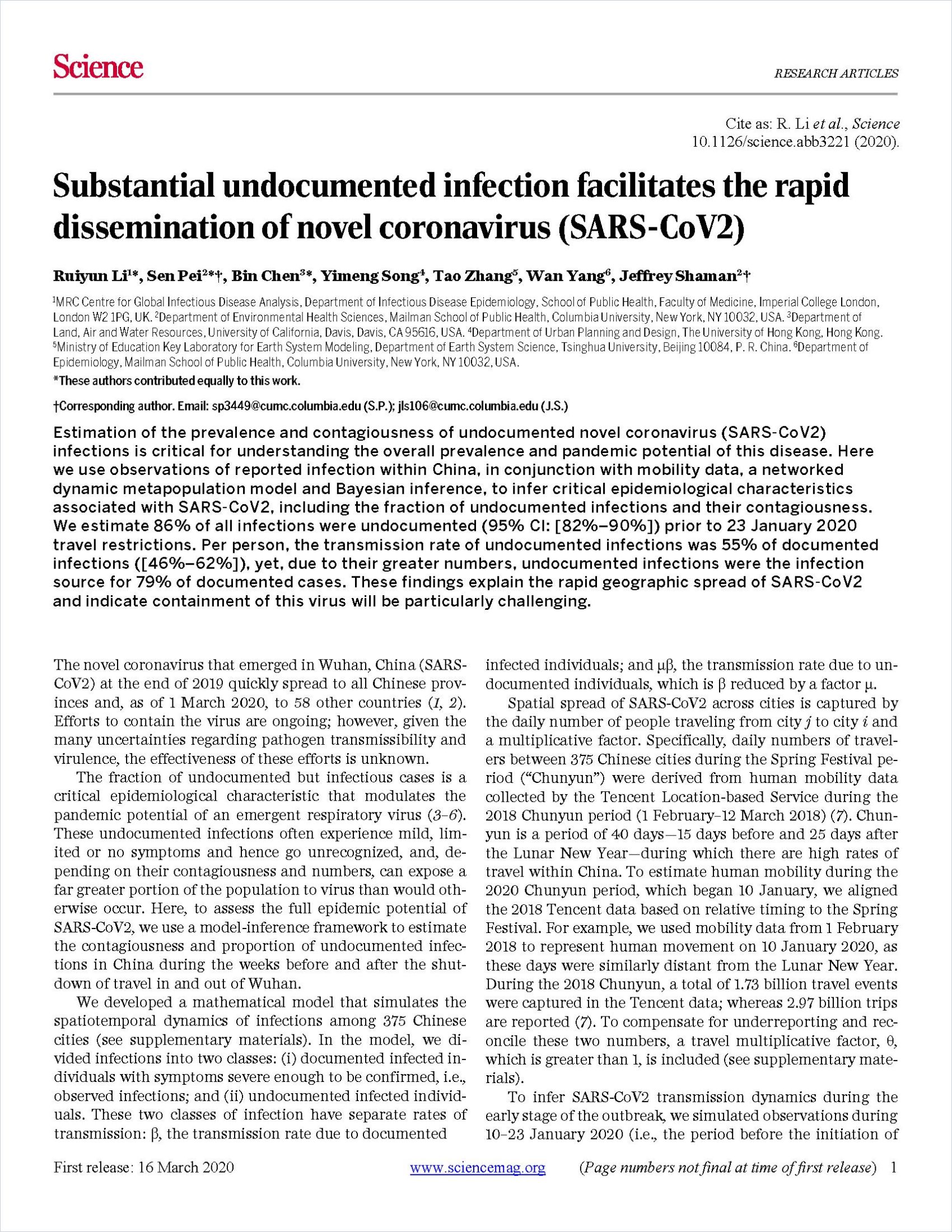
Substantial Undocumented Infection Facilitates the Rapid Dissemination of Novel Coronavirus (SARS-CoV-2)
ScienceTesting
One important piece in the virus mitigation puzzle will be testing. Also in this area, some progress is being made.
Several companies have started to roll out “rapid tests” that deliver results within minutes. These tests require neither a lab nor specialist training to administer. Yet although they are faster and cheaper, they are also not as accurate as lab-based tests and can give people a false sense of security. And the failure to identify just a handful of positive individuals can spark new outbreaks.
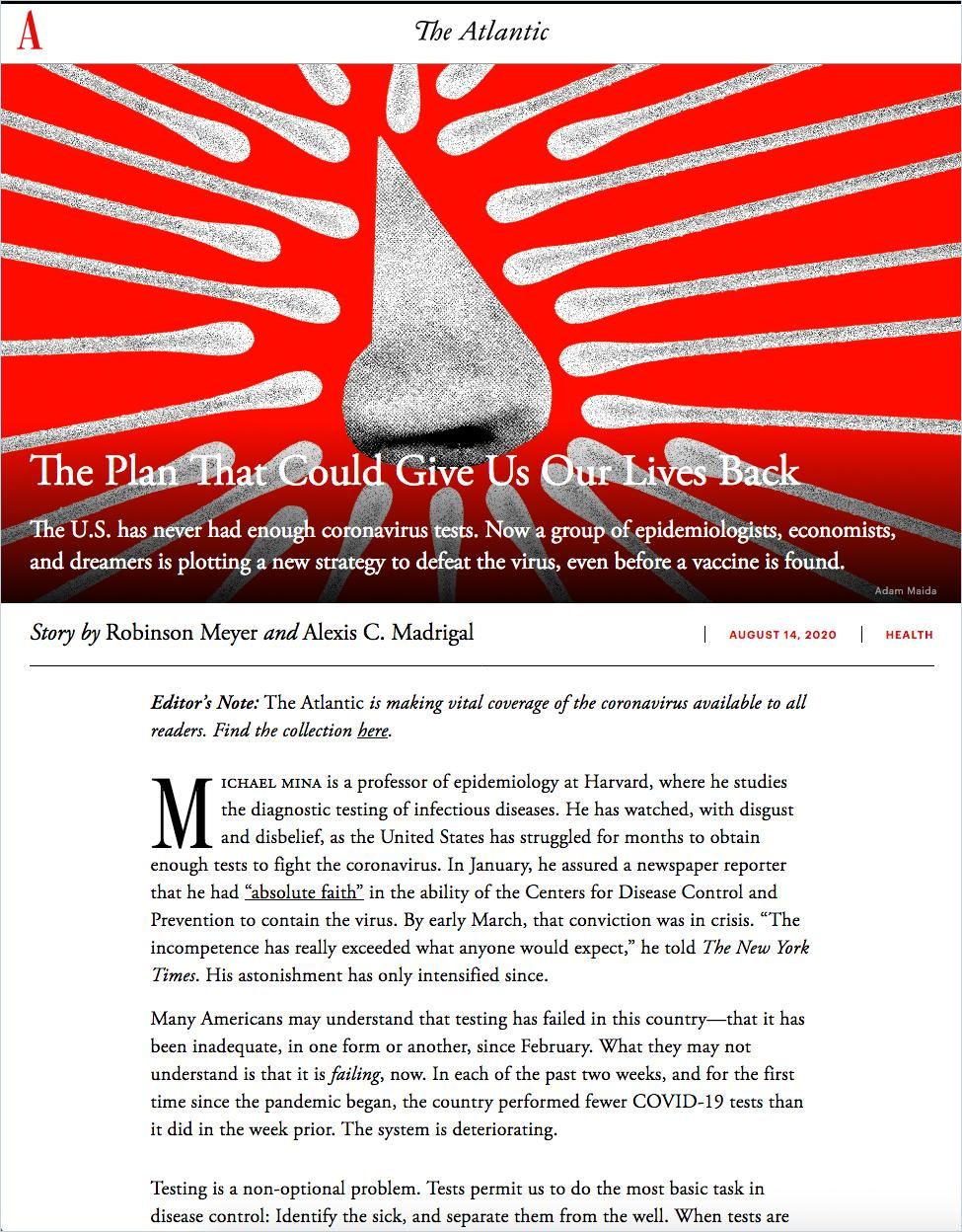
Some experts advocate for at-home tests that would allow people to quickly check their status before they leave the house in the morning. Yet these types of tests also will bring new challenges. For one, there are concerns about the costs, availability and accuracy of such tests. For another, some experts worry that letting people self-report their test results could lead to cheating to avoid quarantine. And if public health authorities are not alerted, the contacts of infected individuals won’t be traced. To incentivize people to self-report and follow quarantine guidelines, governments would need to ensure people will continue to get paid while they self-isolate. Otherwise, quarantining will turn into a luxury reserved for the well-off.
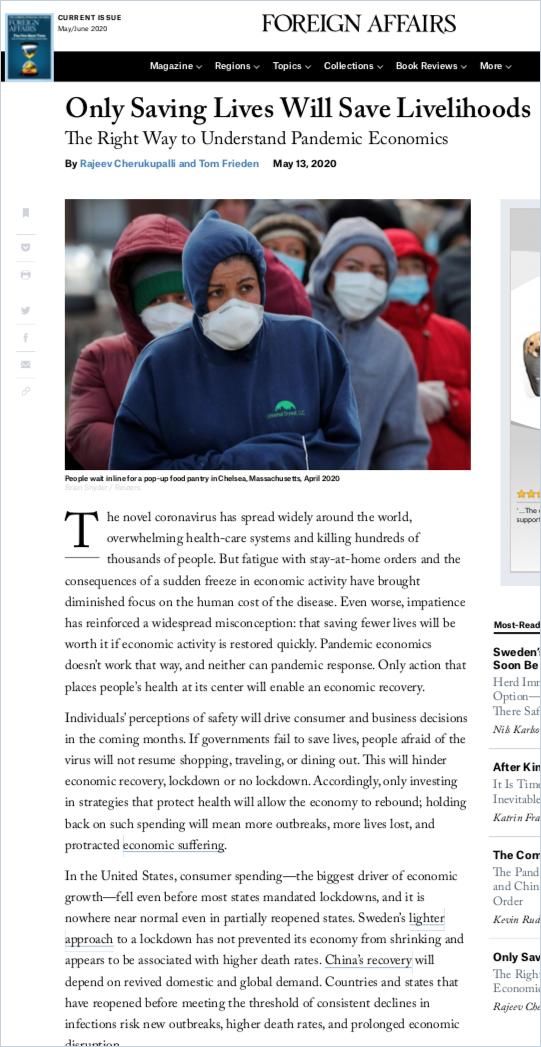
COVID-19 and the risk of infection will remain a fact of life for the time being. Some of the current measures, including hand-washing, mask-wearing and avoiding large indoor gatherings will need to stay in place to contain the virus’s spread for the foreseeable future.
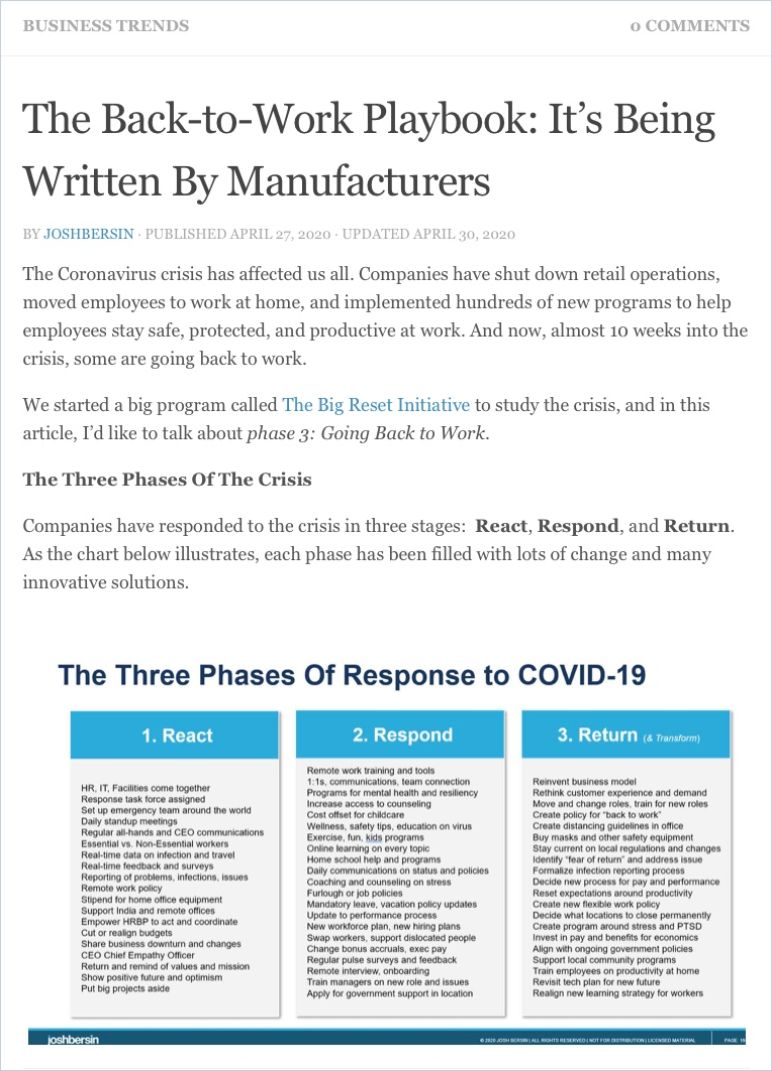
Learn more about the virus, its spread and how to cope by checking out our Educate Yourself knowledge container.

